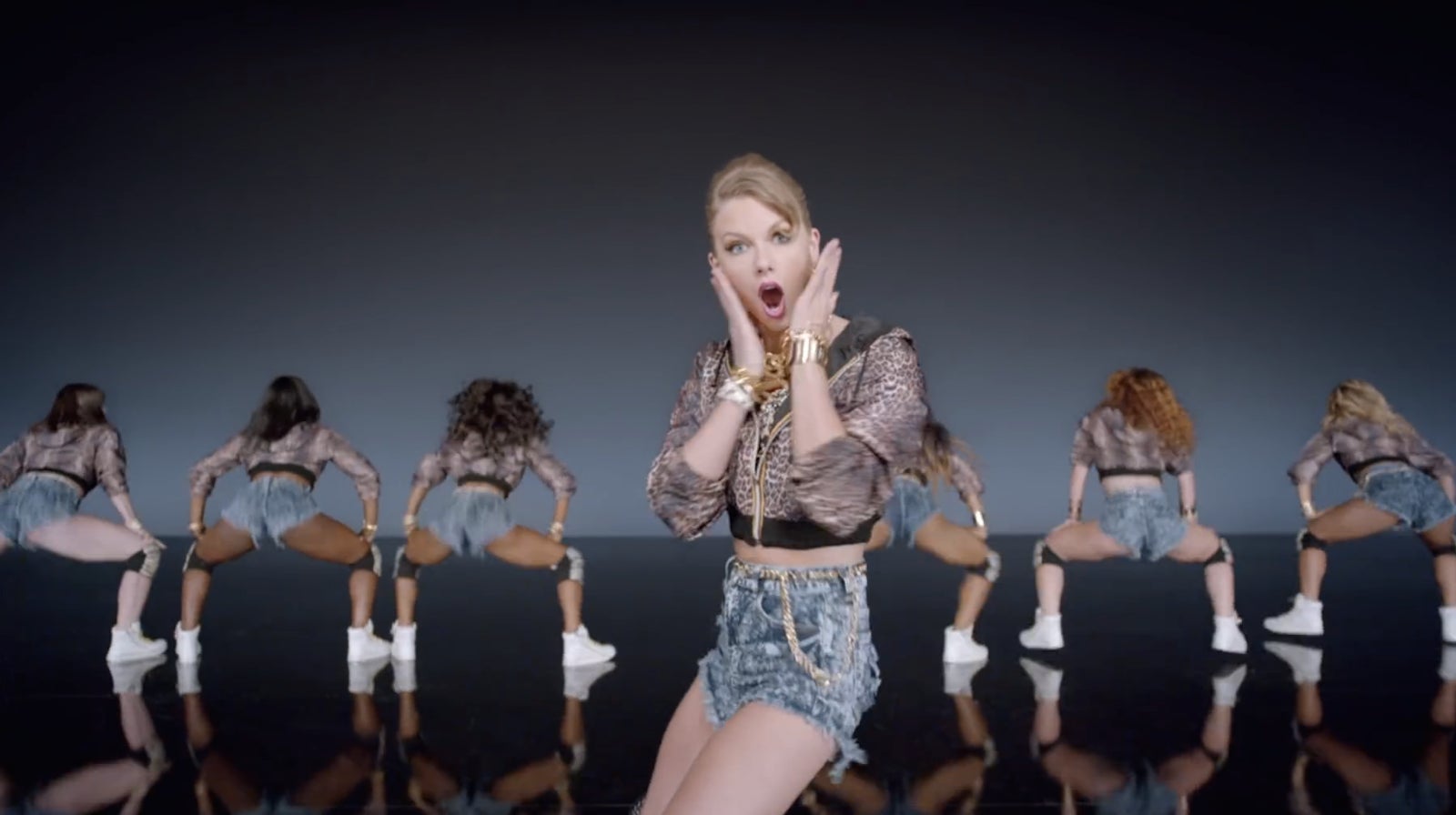What do we really mean when we talk about cultural appropriation
Elvis lifted dance moves from Jackie Wilson; Eric Clapton presented himself as the heir to Robert Johnson; Miley Cyrus took twerking from black women. Meanwhile, Taylor Swift puts black women twerking in her videos and is lauded, but Nicki Minaj, an actual black woman who twerks, sees her video “Anaconda” passed over for an MTV Music Video of the Year nomination. White American (and not just American) art sometimes seems like it’s nothing but cultural appropriation, with all of music (and not just music) stolen from someone else.


Elvis lifted dance moves from Jackie Wilson; Eric Clapton presented himself as the heir to Robert Johnson; Miley Cyrus took twerking from black women. Meanwhile, Taylor Swift puts black women twerking in her videos and is lauded, but Nicki Minaj, an actual black woman who twerks, sees her video “Anaconda” passed over for an MTV Music Video of the Year nomination. White American (and not just American) art sometimes seems like it’s nothing but cultural appropriation, with all of music (and not just music) stolen from someone else.
That term, “cultural appropriation,” comes up a lot as an accusation. But what the accusation means, precisely, can be a little complicated. Does “appropriation” mean theft? If white people are taking culture from black people, then white culture would have to be clearly distinguishable from black culture—which isn’t always the case.
Take Elvis, for example. According to Joel Williamson’s recent biography Elvis Presley: A Southern Life, Elvis had a lot of black fans—especially black female fans. So were those fans consuming white culture? Was Elvis black culture? Do those questions even have any meaning?
It shouldn’t be surprising that Elvis had (and has) black fans, any more than it should be surprising that Elvis was a fan of the ’50s and ’60s soul-singer Jackie Wilson. The color of your skin doesn’t, and shouldn’t, determine the art you love. And in fact, what is now labeled “cultural appropriation” could also be seen as artists taking inspiration wherever and whenever they can find it.
Blues icon Howlin’ Wolf (birth name Chester Arthur Burnett) grabbed country star Jimmie Rodgers’ yodel and turned it into his patented wolf howl. Then the Rolling Stones used Howlin’ Wolf and Motown and country and anything else they could find to create their own style. Jazz performers used African rhythmic traditions and western band instruments; bluegrass performers used the African banjo to play sped-up versions of traditional Scottish tunes, mixed with blues. Peter Gabriel takes ideas from Senegalese star Youssou N’dour, and Dawn Richard takes ideas from Peter Gabriel. Artists love and are inspired by all kinds of art. Which is why, in the face of America’s disgraceful history of segregation, American music, and art, has always been gloriously, and inspiringly, integrated.
Cultural appropriation, in art at least, shouldn’t be a sin. But it can, unfortunately, rest beside some ugly racial and cultural dynamics. There’s nothing wrong with Elvis loving and imitating Jackie Wilson. But there is something wrong with the fact that Elvis is hailed as the King of Rock n’ Roll, while most people barely know who Jackie Wilson is.
Which brings us back to Minaj and Swift. “If I was a different ‘kind’ of artist, ‘Anaconda’ would be nominated for best [choreography] and [music video] of the year,” Nicki Minaj tweeted recently. White performers, like Taylor Swift or Miley Cyrus, use twerking in their videos on the way to becoming more successful and awarded than the black women who developed the style in the first place. When the white borrower, predictably, earns more accolades than the borrowee, artistic freedom and admiration is transformed into something much more problematic.
Racism can also inflect cultural borrowing in other ways. Country music, for example, is steeped in music pioneered by, and associated with, African American artists, from blues to jazz (as in the Western swing tradition). More recent bands like Florida Georgia Line now borrow from hip hop and R&B.
But while country music loves black music, it mostly excludes black artists, in the sense that those artists are not considered central, and their contributions aren’t recognized. The anthology Hidden in the Mix discusses many major black country artists, including Ray Charles and the many performers who went through the Muscle Shoals studios. These singers and musicians are generally seen as soul, essentially because of the color of their skin. Critic Sarah Sahim argues, the same dynamic is visible in indie rock, where, again, black influences are much more prevalent than black performers. In such cases, cultural appropriation does seem like the right term, not because it’s wrong to love someone else’s music, but because it’s gross to love someone else’s music when you’re unwilling to stand beside them on stage.
Cultural borrowings can also be a problem when the borrowing comes packaged in racist stereotypes. White artists—from the Rolling Stones to Miley Cyrus—have imitated black music and black performance styles in order to make themselves seem edgy or sexual—which ends up reinforcing, and capitalizing on stereotypes that black people are inherently dangerous and hypersexual.
Led Zeppelin ripping off songs from white and black artists without credit or payment is actually theft. But usually when people talk about “cultural appropriation,” the crime isn’t exactly stealing. Instead, cultural appropriation in the modern, artistic sense covers a wide variety of ways in which power affects who is credited, who is central, and who gets to define whom.